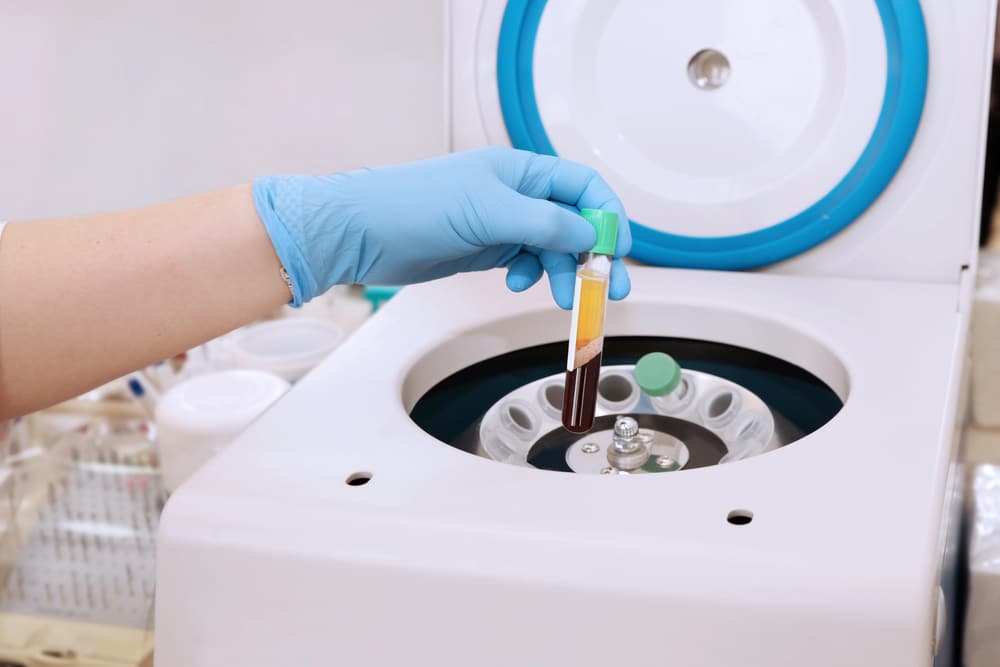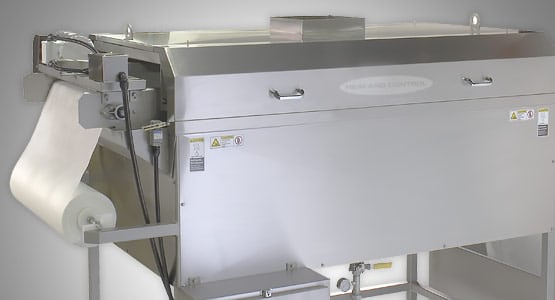There are various types of filters that are used in the pharmaceutical industry. Consider this.
According to Water Technology Online:
“Meant to help purify a medium, filters are used in a number of different industries to capture and contain contaminants and other debris while allowing the desired liquid to pass through. Within the pharmaceutical industry, membrane filters are commonly used to help sterilize and deionize water that will later be used within the industry. When it comes to choosing the right filter for a system, there are a number of factors to consider.
Filtration Systems
“Within the pharmaceutical industry, there are various filtration systems that are commonly used. Surface filtration, depth filtration, and ultrafiltration are all systems that are used within the industry for different purposes, and each filter system comes with a number of advantages when used. The following provides some key information about each filter system type.
Surface Filtration
“Surface filtration systems are designed for the purpose of retaining particles on the surface of the matter being filtered. These particles build up over time as filtration continues and form a solid layer of material on the surface level. This layer, often referred to as a “cake layer,” helps increase the filter’s efficiency as it forms. While the initial rate of filtration when using surface filters is only around 55 percent, once a cake layer has formed, the rate of filtration increases to 100 percent. Within the surface filtration process, a reduction in flow will eventually occur as matter continues to build up within the system, requiring occasional maintenance. The system will need to be stopped to allow for the filter to be cleaned.
Depth Filtration
“Within the depth filtration system, material flows down a long pathway through a number of different filter layers before exiting the filter system. This filtration process is used to remove particles, soluble materials, and colloidal materials from fluid. At the beginning of the pathway, larger particles are first removed. Then, as the material flows through the depth filter, smaller and smaller particles are filtered out.
“Depth filtration systems are cleaned using backflow, reversing the flow of the medium and thus unclogging the pores in the filter. Compared to surface filtration, depth filter systems are more expensive. However, they are able to be used for a longer period of time than surface filter systems.
Ultrafiltration
“Another common type of filtration system used in the pharmaceutical industry is ultrafiltration. These systems are typically used when filter pores are required to be 0.01 micron in size. Ultrafiltration not only removes small particles from the flow of material, it also removes some viruses or other microorganisms that may be present in the flow, such as bacteria and protozoa. Materials that pass through the membrane of the filter are called ‘permeate materials,’ while those that are held back and filtered out are called ‘retenate materials.’
Filter Types
“When it comes to choosing a filter type, there are a number of different things that should be considered. With those used within the pharmaceutical industry, there are a few different filters to choose from. Different filter types come with different advantages and disadvantages, so understanding the filter types and how they work is important before choosing a filter.
Magnetic Filters
“Commonly used within liquid pharmaceutical production systems, magnetic filters are useful when purity within the medium is required. Magnetic filters are most frequently used to remove iron particles from liquid media. When magnetic filters become full to their capacity, they can be removed, cleaned, and reused.
“Magnetic filtration is advantageous for a few reasons. First, it is environmentally friendly. Any metal contamination can be recycled, meaning fewer disposal costs. When the filter becomes full, it can be cleaned manually, cutting down on running costs. In addition, flow rate is not affected by magnetic filters, meaning even when the filter becomes full, pressure drop within the system is not an issue. Magnetic filters are able to remove contaminants less than one micron in size.
Bag Filters
“Bag filters are low-cost filters that use a method of microfiltration in order to remove contaminants from liquid material. The medium flows through small pores within the filter itself, while any debris are caught inside the bag, eventually filling it up. Pore size, when it comes to bag filters, can vary greatly, so it is important to know what filter size is required. Within smaller systems, bag filtration can be incredibly efficient, as bags will not fill as rapidly with contaminants, lowering replacement bag costs.
Self-Cleaning Filters
“For high-demand, large-scale filtration systems, self-cleaning filters are often chosen. The biggest advantage that comes with using self-cleaning filters is their ability to perform their own maintenance. When using other types of filters, the pipeline or system as a whole must be shut down periodically for maintenance. Self-cleaning filters commonly use backwashing to push debris away from the sides of the filter and toward the bottom of the filter’s housing. From there, the debris are pushed all the way out of the system while the filter remains in place.
Filter Membranes
“Filter membranes are another aspect of a filtration system that will need to be chosen. The most common filter membrane types are reverse osmosis, ultrafiltration, and nanofiltration. Within the pharmaceutical industry, membranes are used to sterilize and deionize water. Different membranes should be used in different systems depending on their characteristics.
Reverse Osmosis
“Commonly used for the process of refining antibiotics and concentration of hormones within the pharmaceutical industry, reverse osmosis filters typically come with pore sizes around 0.0001 micron. Once water is passed through a reverse osmosis filter, it becomes pure water. Reverse osmosis is able to remove viruses, organic molecules, and even most minerals from water. The water being passed through the filter is also desalinated, as reverse osmosis also removes monovalent ions within the water.
Ultrafiltration
“Ultrafiltration is used in systems requiring filtration of particles 0.01 micron in size or larger. Commonly used before nanofiltration or reverse osmosis, ultrafiltration removes microorganisms from water or other materials. Larger particles and some viruses are also removed during the ultrafiltration process. However, dissolved substances within the medium are unable to be removed by ultrafiltration.
Nanofiltration
“With a pore size of approximately 0.001 micron, nanofiltration is commonly used to remove a number of contaminants from water, including organic molecules, almost all viruses, any organic matter, and a number of different salts. Nanofiltration is commonly used to soften hard water. This is because nanofiltration is able to remove divalent ions within the water, which cause hard water in the first place.
Pharmaceutical Applications for Filtration
“During the pharmaceutical development process, filtration is important. Whether it is sterilization, prefiltration, filtering chemicals or fermentation broth, filtration is a necessary part of the manufacturing of various pharmaceutical products. Filtration is key in the following applications within the pharmaceutical industry:
- Plasma fractionation
- Specialty enzymes
- Vitamins
- Diagnostics
- Phytopharmaceuticals
- Red biotechnology
- White biotechnology
Filter Factors to Consider
“Filtration is a valuable and necessary aspect of any pharmaceutical system. Using appropriate filtration allows for the purification of media and the removal of debris or other contaminants within the system. When it comes to choosing the correct filtration system, it is important to keep a few key aspects of filtration systems in mind. First, micron size must be taken into account, as that will determine the size of the particles removed from the medium. Filter efficiency, sterilization cycles, differences in filter media, and chemical resistance of the filter must also be considered. To ensure use of the correct filter for a system, it is important to work with a filtration company that understands not only the industry but the processes that take place within it.”









